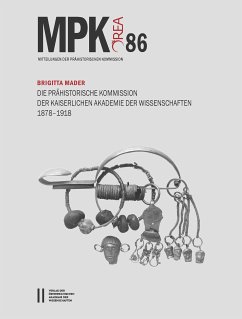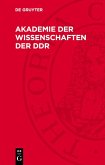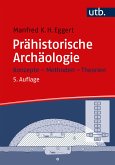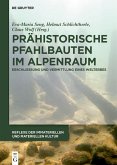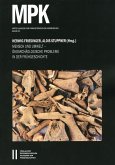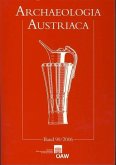Als vor rund 150 Jahren erste archäologische Aktivitäten von der kaiserlichen Akademie der Wissenschaften (heute ÖAW) durchgeführt wurden, befand sich die prähistorische Archäologie noch auf dem Weg zur eigenständigen Wissenschaftsdisziplin. Durch die Erforschung der Geschichte der Menschheit, deren hohes Alter gerade erst durch Darwin und die neuesten Erkenntnisse der Geologie bestätigt worden war, kam eine Vielzahl neuer Fragen auf. Die Antworten darauf sollte die Urgeschichtsforschung liefern. Aus diesem Grund regte Ferdinand von Hochstetter (1829-1884), Geologe und Intendant des Naturhistorischen Hofmuseums, an der kaiserlichen Akademie der Wissenschaften die Einsetzung einer Prähistorischen Kommission an, deren Aufgabe es sein sollte, urgeschichtliche Forschungen und Ausgrabungen im österreichischen Teil der Monarchie zu unternehmen. Hochstetters Idee fiel auf fruchtbaren Boden.Der vorliegende Band stellt zum ersten Mal die Geschichte der Prähistorischen Kommission dar. Von ihrer Gründung im Jahr 1878 bis zum Ende der Habsburger Monarchie 1918 führte die Prähistorische Kommission an über hundert Fundstellen in Böhmen, Mähren, dem heutigen Österreich, der Südsteiermark, Krain, dem Küstenland (Hinterland von Triest, Istrien) und Dalmatien zum Teil mehrere Jahre in Anspruch nehmende Ausgrabungen durch. Damit trug sie nicht nur wesentlich zur Entwicklung der Urgeschichte als eigenständiges Fach bei, sondern schuf durch ihre aus heutiger Sicht internationale Tätigkeit auch die Grundlage der prähistorischen Forschung für die Nachfolgestaaten der Monarchie.Diese Erfolgsgeschichte wird anhand von bisher unveröffentlichtem und unbekanntem Archivmaterial dokumentiert. Im ersten Teil des Buches werden Gründung, Organisation und Tätigkeit der Kommission dargestellt und auch Stand und Entwicklung der österreichischen Urgeschichtsforschung bzw. prähistorischen Archäologie im Kontext der europäischen Forschungslandschaft beleuchtet. Der zweite Teil ist ein ausführlicher Katalog aller von 1878 bis 1918 erfolgten Ausgrabungen, der einen lebendigen Einblick in die Pionierzeit prähistorischer Forschung vermittelt. Kurzbiographien der Ausgräber und zahlreiche Abbildungen von Ausgräbern, Ausgrabungsstätten und Funddokumentationen vervollständigen das Szenarium der Prähistorischen Kommission, deren Mitglieder und Mitarbeiter sich in weitsichtiger Weise für die Erforschung der Menschheitsgeschichte und die Etablierung einer neuen Wissenschaftsdisziplin eingesetzt haben.
Dieser Download kann aus rechtlichen Gründen nur mit Rechnungsadresse in A, B, BG, CY, CZ, D, DK, EW, E, FIN, F, GR, HR, H, IRL, I, LT, L, LR, M, NL, PL, P, R, S, SLO, SK ausgeliefert werden.

